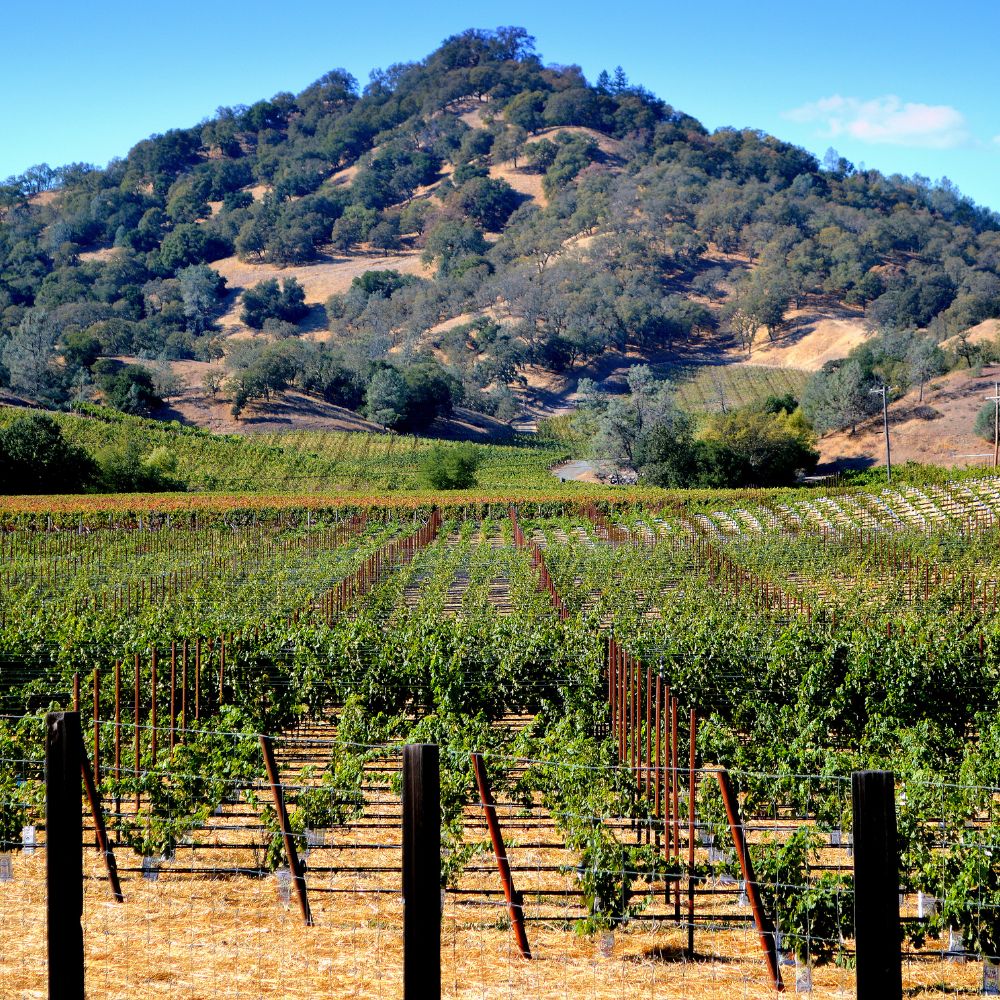Writing a blog piece occasionally leaves me wondering where to begin – not with New Wave South Africa, I almost witnessed its birth.
I was lucky enough to be invited to South Africa with my fellow AWE Wine Educators for CAPEWINE 2012 – a week of vineyard visits, tastings and seminars. This wine fair only happens every four years – it was a doubly good whammy.

The world’s wine journos, buyers, writers and critics descend on Cape Town to be regaled with a series of visits, seminars and wines.
Our group’s first lunch was at a picturesque white-painted farm called Tamboerskloof with Gunther, their winemaker and his mate, Alex Starey – winemaker at the newly founded Keermont Estate just up Blaauwklippen Road. We had Viognier and Syrah both so old world in style it was hard to believe we were closer to the Helderberg than Hermitage.
After lunch we decamped to Keermont for a tasting of Syrah from different soil types with both young winemakers, followed by a walk though some of Keermont’s vines with Alex.
Several days of brilliant tastings later (one at Ernie Els was supposed to be a picnic and instead we huddled inside with roaring fires, the fog so thick that the legendary view from El’s terrace was obliterated), it was time to quit the peace of Klein Zalze’s comfort, our base for the first three days – and decamp to Cape Town so we could put in the requisite next three days graft at CAPEWINE 2012.
I scanned the programme of seminars and spent those days soaking up said seminars and packing in as much tastings as I could. Both proved extraordinary as random chunks of information and very different tasting experiences were slowly starting to make some kind of sense. There was revolution in the air…

Rosa Kruger
I found it first in Rosa Kruger’s seminar on old vines. She’s the Cape’s legendary viticulturist whose great achievement has been to identify and catalogue all the abandoned plots of old bush vines across the Cape’s vineyards and then unite them with the right young winemaker. I tasted it in Sebastian Beaumont’s beautiful Hope Marguerite Chenin from Bot River and in Callie Louw’s maiden vintage of Porseleinberg Syrah. Alheit’s Cartology also made its debut here.
In the Conference Centre housing CAPEWINE, well-established older wineries had their sustainably recyclable cardboard stalls set up for business. In one corner, a rather different CAPEWINE seemed to be happening. Here was gathered a random assortment of rugs, kilims, farm machinery, plastic coated tablecloths and mainly young, bearded and T-shirt-clad winemakers. This was the Swartland Independents – I’d found the revolution.
Their manifesto remains the list of founding principles on which New Wave South Africa exists. It also became something of a blueprint for similar movements in Chile and New Spain and overlaps with much of France’s INAO’s recent charter for natural wines.
Chris and Suzaan Alheit at CAPEWINE 2012 - Alex Starey from Keermont
So, what defines New Wave South African wines?
- Old Bush Vines – mostly in Swartland and mostly of Rhône varieties, with some Palomino, Tinta Barocca and Touriga Nacional – a legacy of South Africa’s ‘Sherry’ and ‘Port’ production. In practice there’s an amazing back catalogue of varieties here – many of which Pieter Walser exploits in his BLANKbottle wines.
- Natural fermentation and minimal interventions in the cellar.
- No additions, corrections or processes to the wine – and sparing use of only European oak limited to no more than 25% new wood,
- It’s a recipe that puts fruit, soil and site (terroir as the French would call it) above technical manipulation in the cellar.
How is this reflected in the wines themselves?
White wines tend to be richly textured, layered and long – closer in style to Rhône whites.
More recently Pinot Noir and Chardonnay have found clearer stylistic definition in the sub zones of Hemel-en-Aarde as has Riesling, particularly in Elgin.
Red wines in contrast tend to be lighter in colour – partly due to use of Grenache and Cinsault, with super fresh red fruit flavours, almost completely unmarked by any oak.
It’s a stark contrast to many of the well-established traditional estates with their focus on Bordeaux blends and rich styles of Chardonnay and Chenin, all subjected to long ageing in wood, much of it new.
I could not contain my enthusiasm for New Wave South Africa on my return – and in due course, wines from Tamboerskloof and Keermont appeared on our shelves. Since then we’ve seen Alex Starey, Duncan Savage, Adi Badenhorst and Pieter Walser in the shops pouring wines for our customers.

New Wave producers at the Good Wine Shop over the years. Duncan Savage - Savage Wines (top left), Alex Starey - Keermont (top right & bottom left), Pieter Walser - BLANKbottle (top right & bottom centre), Anne and Craig Wessels - Restless River (bottom right).
New Wave South Africa has its own annual tasting in London, usually in September. I can’t wait for that to happen again – maybe this year if we’re lucky. If it does, we can look forward to meeting some of their greatest winemakers in person once again.



